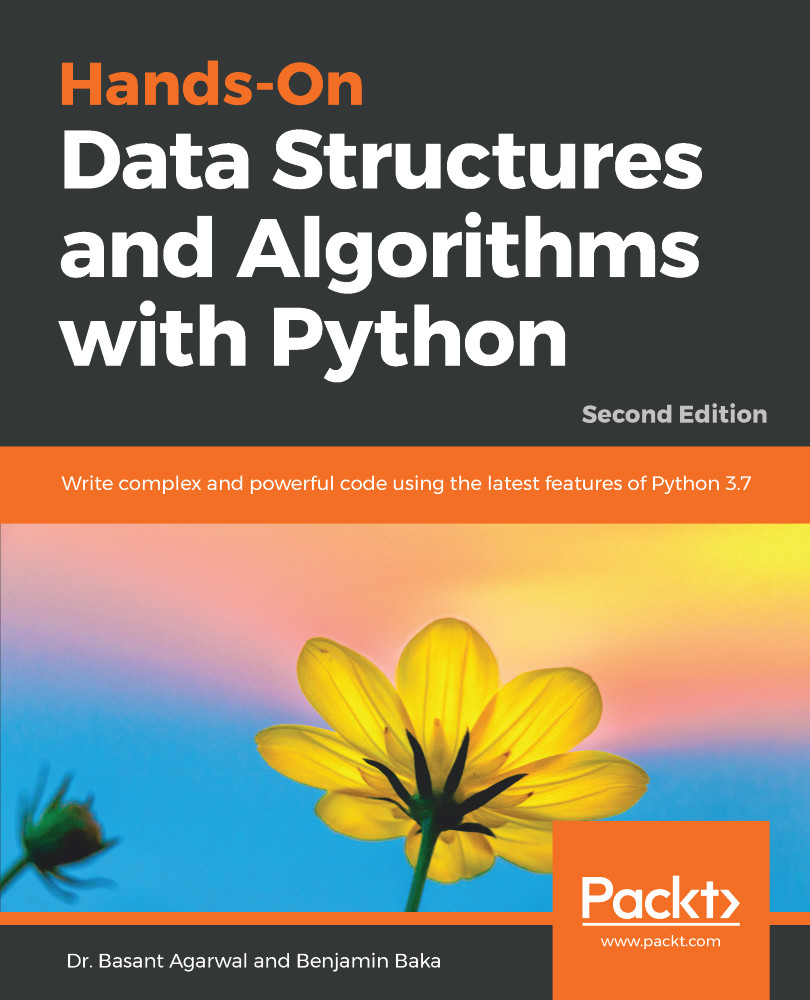Data structures and algorithms are two of the most important core subjects in the study of information technology and computer science engineering. This book aims to provide in-depth knowledge, along with programming implementation experience, of data structures and algorithms. It is designed for graduates and undergraduates who are studying data structures with Python programming at beginner and intermediate level, and explains the complex algorithms through the use of examples.
In this book, you will learn the essential Python data structures and the most common algorithms. This book will provide a basic knowledge of Python and give the reader an insight into data algorithms. In it, we provide Python implementations and explain them in relation to almost every important and popular data structure algorithm. We will look at algorithms that provide solutions to the most common problems in data analysis, including searching and sorting data, as well as being able to extract important statistics from data. With this easy-to-read book, you will learn how to create complex data structures, such as linked lists, stacks, heaps, and queues, as well as sort algorithms, including bubble sort, insertion sort, heapsort, and quicksort. We also describe a variety of selection algorithms, including randomized and deterministic selection. We provide a detailed discussion of various data structure algorithms and design paradigms, such as greedy algorithms, divide-conquer algorithms, and dynamic programming, along with how they can be used in real-time applications. In addition, complex data structures, such as trees and graphs, are explained using straightforward pictorial examples to explore the concepts of these useful data structures. You will also learn various important string processing and pattern matching algorithms, such as KMP, and Boyer-Moore algorithms, along with their easy implementation in Python. You will learn the common techniques and structures used in tasks, including preprocessing, modeling, and transforming data.
The importance of having a good understanding of data structures and algorithms cannot be overemphasized. It is an important arsenal to have at your disposal in order to understand new problems and find elegant solutions to them. By gaining a deeper understanding of algorithms and data structures, you may find uses for them in many more ways than originally intended. You will develop a consideration for the code you write and how it affects the amount of memory. Python has further opened the door to many professionals and students to come to appreciate programming. The language is fun to work with and concise in its description of problems. We leverage the language's mass appeal to examine a number of widely studied and standardized data structures and algorithms. The book begins with a concise tour of the Python programming language. As such, it is not required that you know Python before picking up this book.



